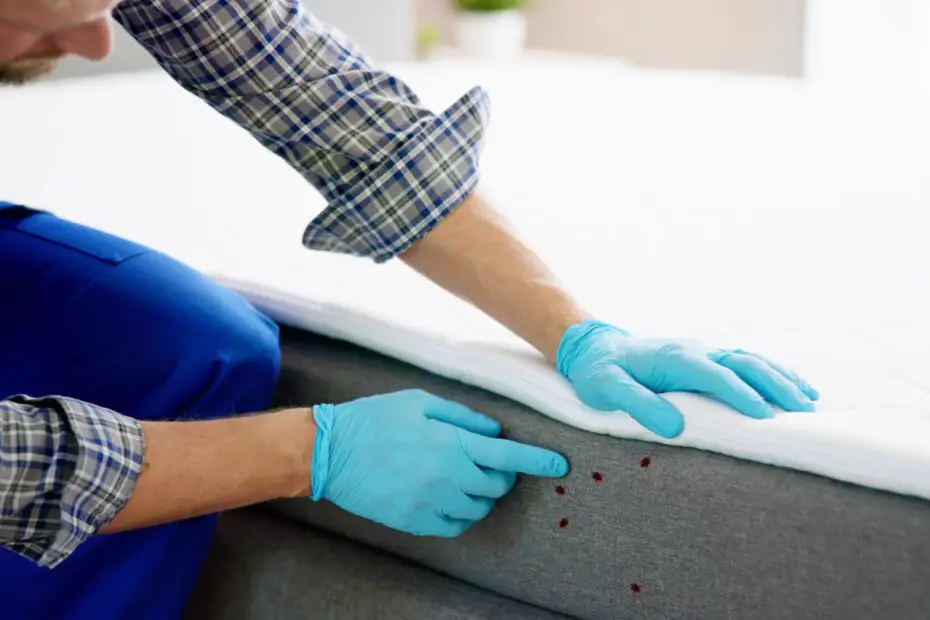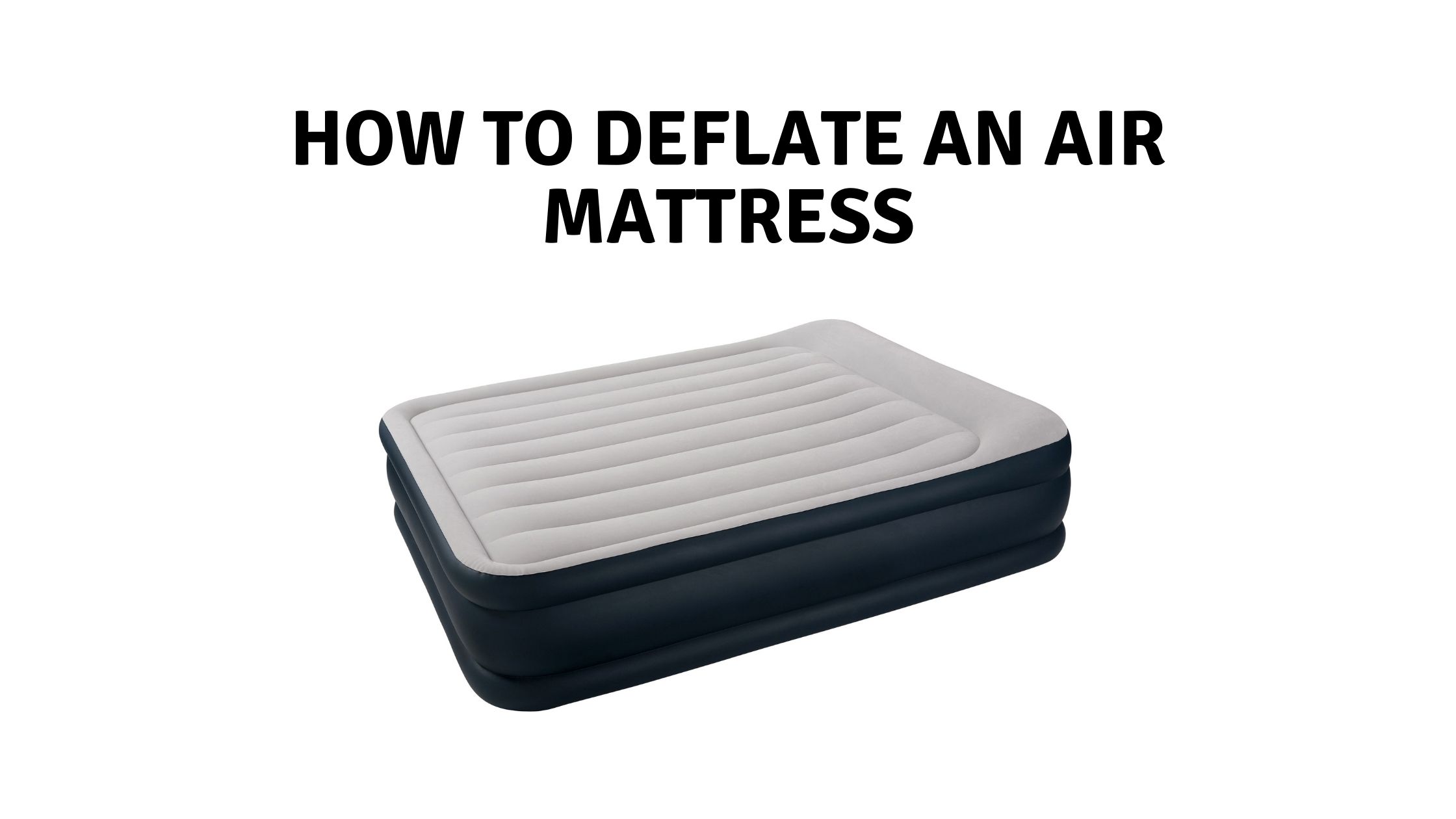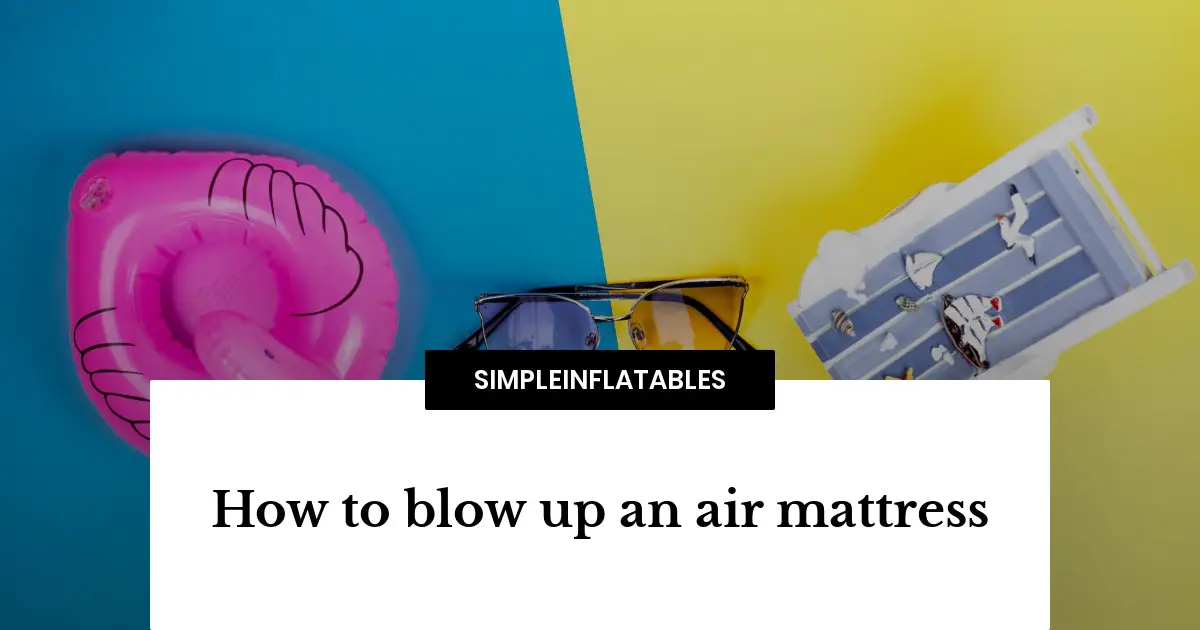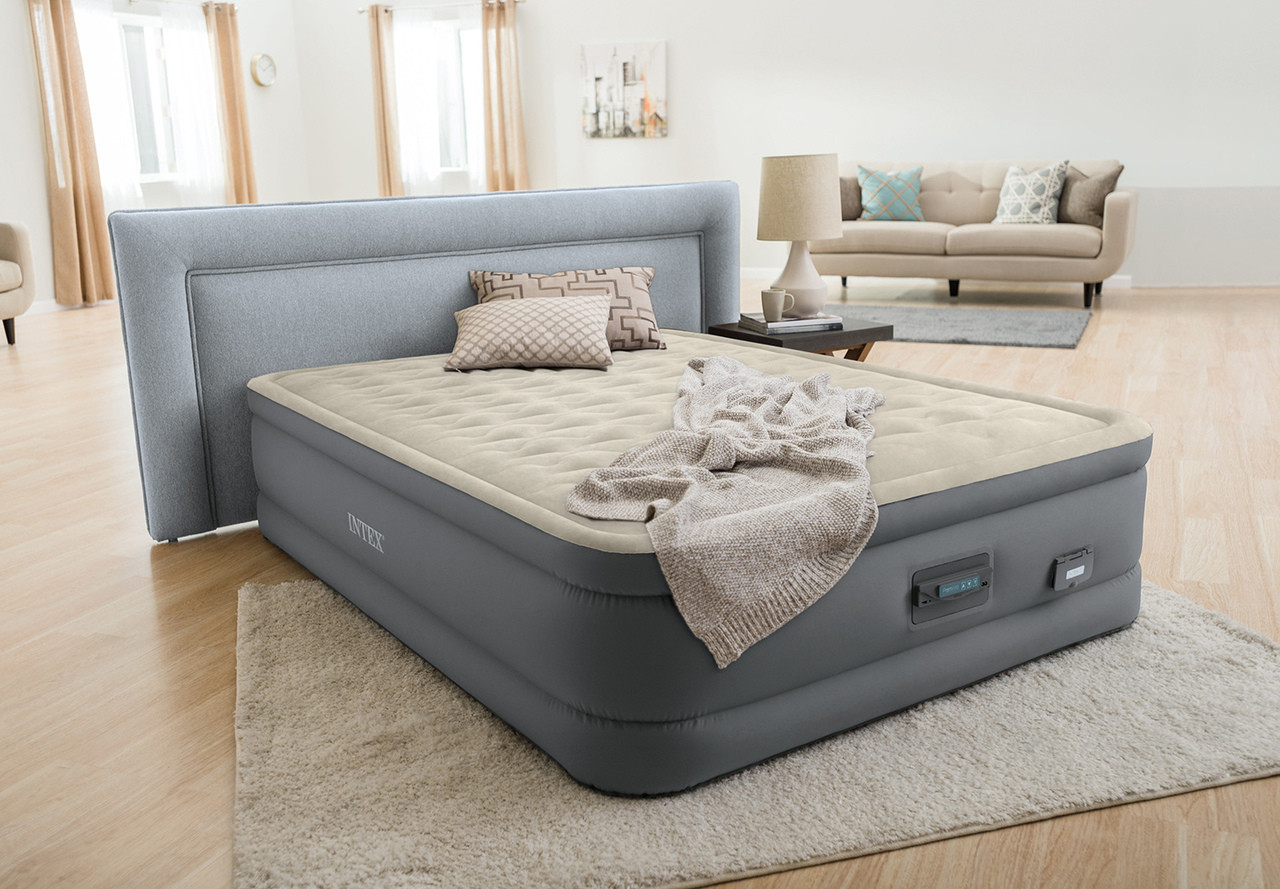The question of whether bed bugs can infest inflatable mattresses is one that concerns many, especially those who rely on air beds for camping, guest use, or as a temporary sleeping solution. Understanding the behavior of bed bugs and the environments they thrive in is crucial for addressing this concern effectively.
Can Bed Bugs Live on Inflatable Mattresses?
Bed bugs can live on inflatable mattresses, although less commonly than on regular mattresses. These pests seek out places close to where humans sleep. While inflatable mattresses have fewer hiding spots, bed bugs can still reside in creases or fabric areas, especially if the mattress has a cloth covering.
Bed Bug Basics
Bed bugs are small, elusive, and nocturnal insects that feed on human blood. They are known for their resilience and ability to survive in various environments, primarily near areas where people sleep. Their preference for cracks and crevices makes traditional mattresses a common harbor for these pests.
Inflatable Mattresses and Bed Bug Vulnerability
Inflatable mattresses, made of materials like PVC or vinyl, present a less hospitable environment for bed bugs compared to traditional mattresses. However, this does not make them immune to bed bug infestations. Let’s explore the factors that contribute to their vulnerability:
1. Material and Construction:
- Surface: The smooth, non-porous surfaces of inflatable mattresses are less attractive to bed bugs since they lack the fabric and padding found in regular mattresses.
- Seams and Folds: The seams, folds, and air valves in inflatable beds can provide hiding spots for bed bugs, although less so than traditional mattresses.
2. Bedding and Surroundings:
- Infested Bedding: Bed bugs can reside in the bedding used on an air mattress, including sheets, blankets, and pillows.
- Nearby Infestations: If placed in a room with an existing bed bug problem, inflatable mattresses can become a secondary site for these pests.
3. Usage and Storage:
- Frequent Inflation/Deflation: Regularly inflating and deflating the mattress can make it less likely for bed bugs to establish a permanent residence.
- Storage Practices: Storing the mattress in a bed bug-infested area can lead to contamination.
Preventive Measures
To minimize the risk of bed bug infestation in an inflatable mattress:
- Regular Inspection: Regularly inspect the mattress, especially the seams and folds, for signs of bed bugs.
- Use Protective Covers: Utilize bed bug-proof covers for the mattress and pillows.
- Maintain Clean Bedding: Wash and dry bedding at high temperatures to eliminate any bed bugs or eggs.
- Proper Storage: Store the mattress in a sealed bag or container, away from known infestation areas.
- Environmental Control: Keep the surrounding area clean and clutter-free to reduce potential hiding spots.
Dealing with an Infestation
If you suspect a bed bug infestation in your inflatable mattress:
- Inspect Thoroughly: Carefully check all parts of the mattress for signs of bed bugs.
- Clean and Treat: Use a steamer to treat the mattress surface. Consider using insecticides specifically designed for bed bugs, following safety guidelines.
- Consult Professionals: If the infestation is severe, professional pest control services may be necessary.
Conclusion
While inflatable mattresses are less prone to bed bug infestations than traditional mattresses, they are not entirely immune. Understanding the factors that contribute to the risk and taking proactive measures can significantly reduce the chances of an infestation. By maintaining good hygiene practices, regularly inspecting your mattress, and being vigilant, you can enjoy the convenience of your inflatable mattress without the worry of unwelcome bed bug guests.



